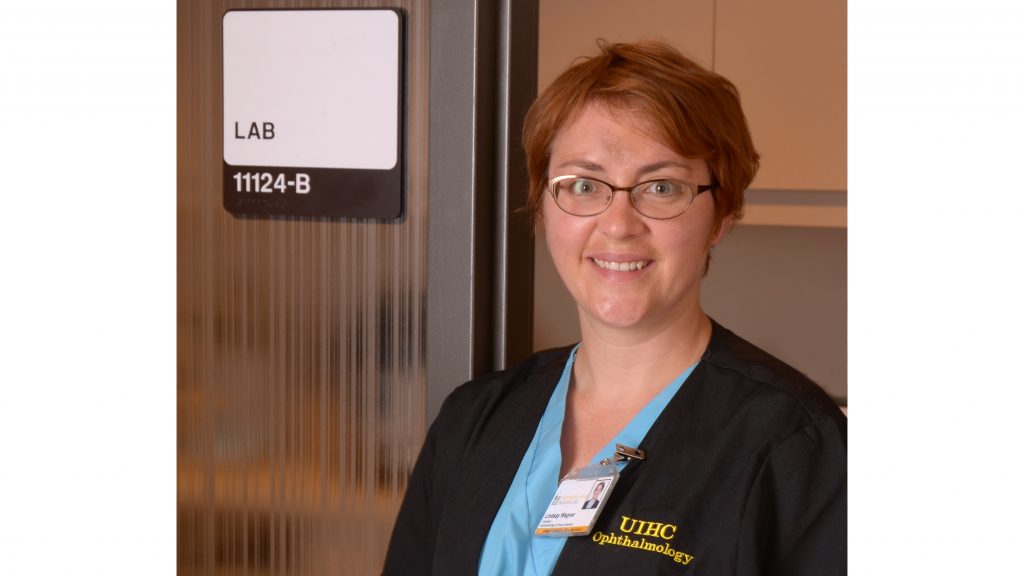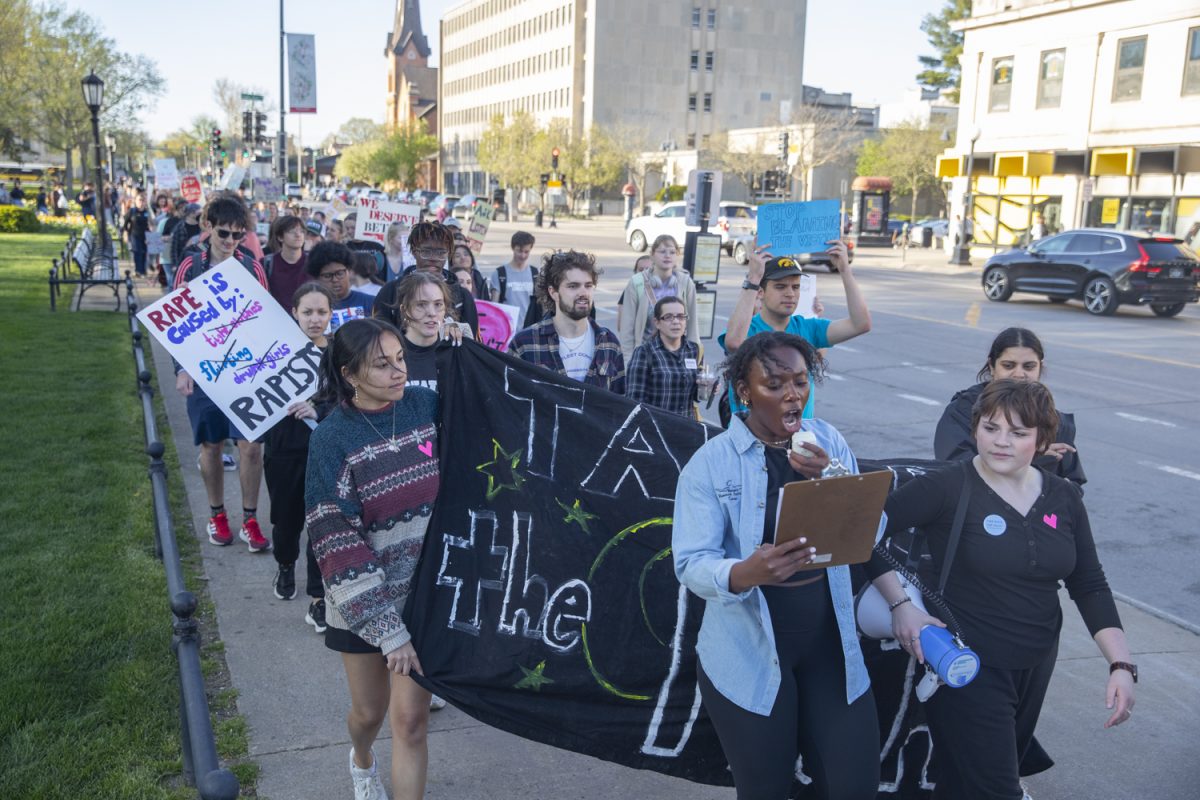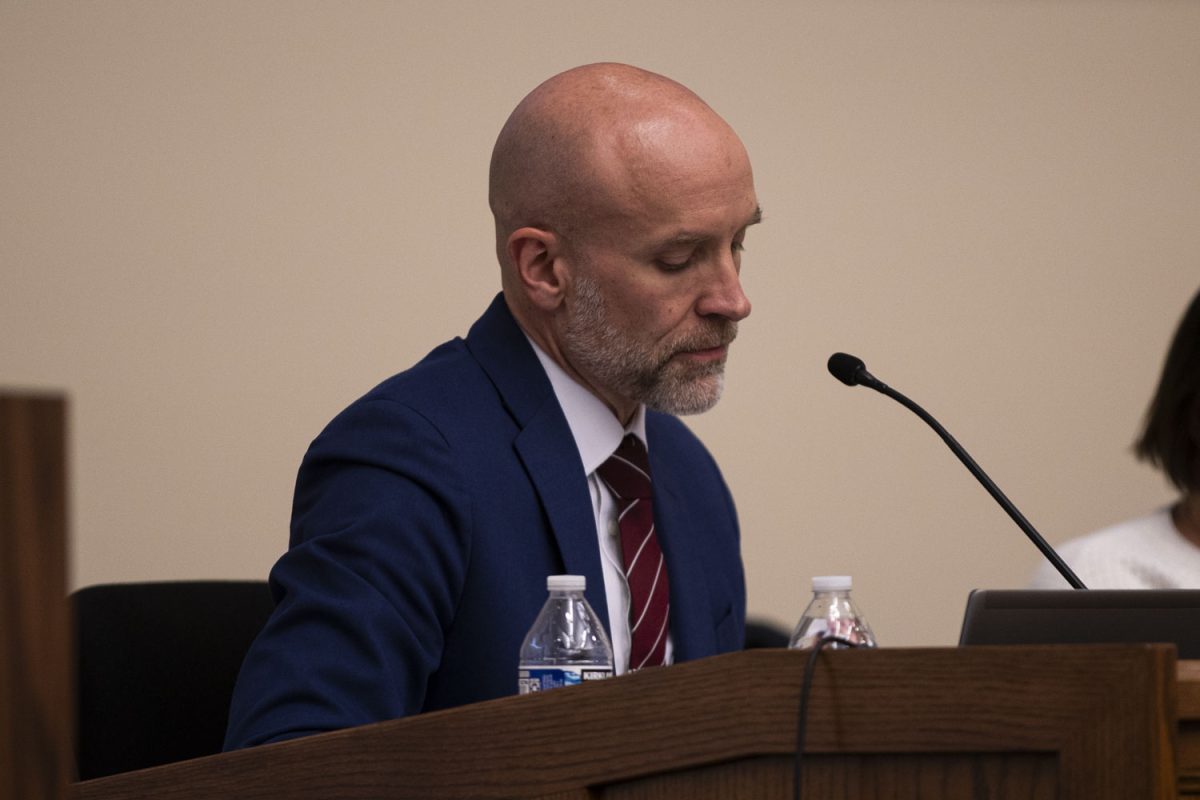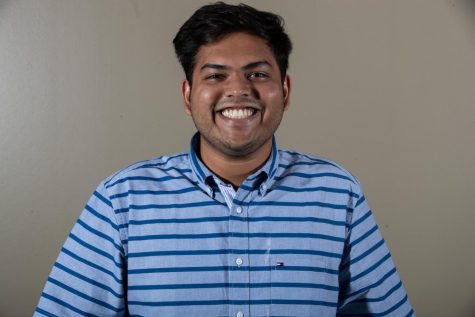Lindsay Pronk single-handedly runs the facility tasked with creating artificial eyes at the University of Iowa Hospitals and Clinics.
Pronk, who runs the Ocular Prosthetics Service, is one of only five ocularists in the state. There are 228 ocularists who are certified by the American Society of Ocularists.
Many diseases can cause patients to lose their natural eyes or need to have them removed. An ocularist’s job is to create artificial eyes that resemble the natural eye as closely as possible.
“Even though I am doing the same thing every day, everybody’s eye is completely different, so even after 13 years of doing this, I still run into challenges of painting colors and fitting,” Pronk said.
An impression of the eye socket of the patient is taken as the first step to creating an artificial eye, she said. That dictates the shape of the eyeball.
Next, a wax version of that impression is created to look identical to the original impression, she said.
The wax version is fitted into the eye socket and altered to make sure the shape is correct and has the same front curve, the eye lids are able to open, and looks in the right direction, she said.
Once the fitted look is achieved, a mold is made around the wax eye and is cast into the plastic, Pronk said.
The plastic shape is the final eye, which is then painted to achieve precision, she said.
“From start to finish, this process takes two days,” she said. “Patients come in, and we start this process on the morning of the first day. The eye is then painted, and patients go home with the eye on the second day.”
Pronk creates two eyes per week. She has created more than 700 eyes in the last 13 years.
“The painting takes the most time,” she said. “Painting the prosthetic eye so that it matches the [natural] eye is the most difficult part.”
Before coming in, Pronk said patients are often nervous and anxious about what they will look like with the prosthetic eye, but some patients told The Daily Iowan the result looks similar to a natural eye.
Kerri Eness-Potter suffered from a chronic retina disease, and one of her eyes had been through numerous eye surgeries and had lost vision.
“It was not working and was causing a lot of discomfort,” she said. “I was putting a lot of resources in an eye that really wasn’t functioning.”
She now has prosthetic eyes, and she said that because the new prosthetic eyes are so advanced, no one notices them.
“They actually move when you talk, and people don’t know they’re prosthetic unless I tell them,” she said.
Roy Behrens, like Eness-Potter, also has prosthetic eyes. He underwent years of surgery only to be diagnosed with painful glaucoma, he wrote in an email to The Daily Iowan.
“When Lindsay makes a prosthetic eye, she begins with a meaningless piece of plastic that has no resemblance to an eye,” he said. “But it starts to take shape very soon, as she slowly builds the counterfeit eye, using the simplest artist’s supplies. In the end, the effect is amazing.”
The best part is to see patients realize they look no different from anybody else and to see them walk home happy, Pronk said.
“It is very meaningful to me that I make people feel better about themselves and not have to worry about how they look and live their daily lives without having to think about that,” Pronk said.












